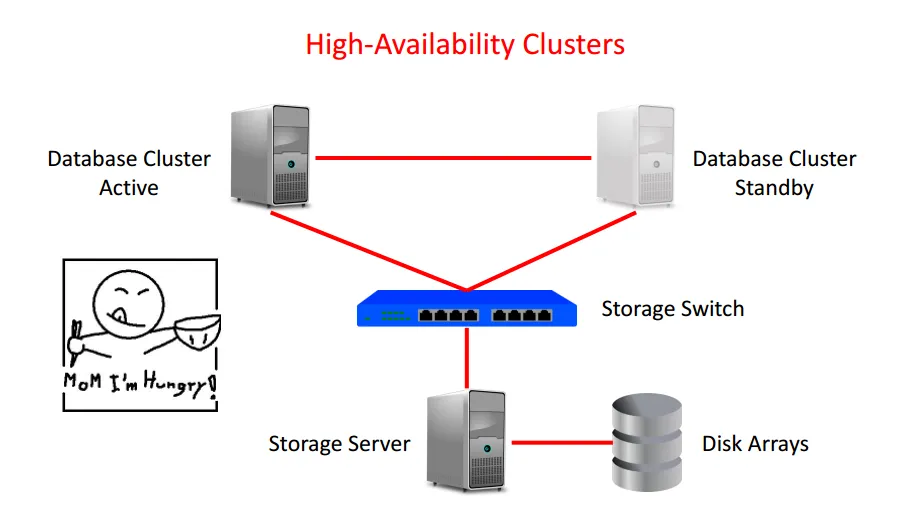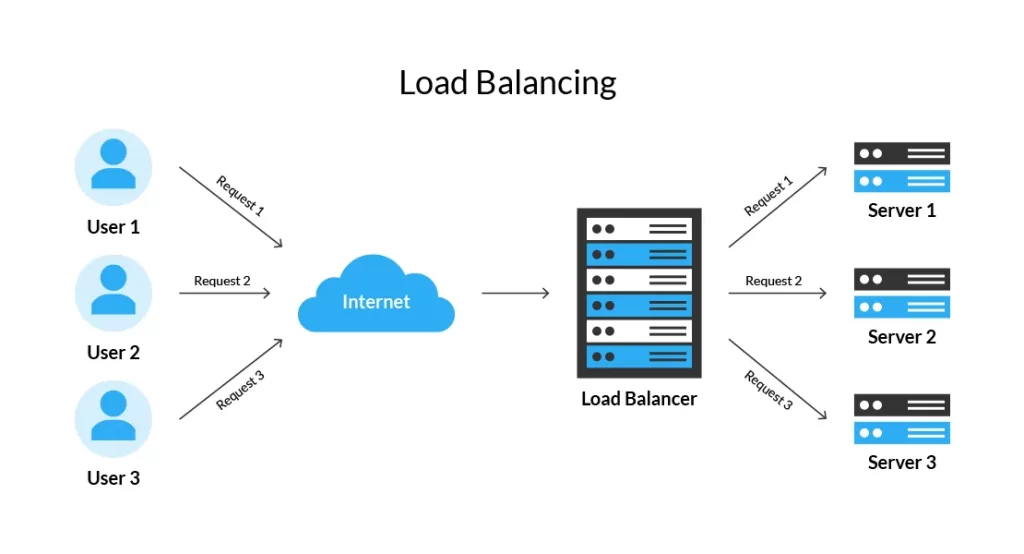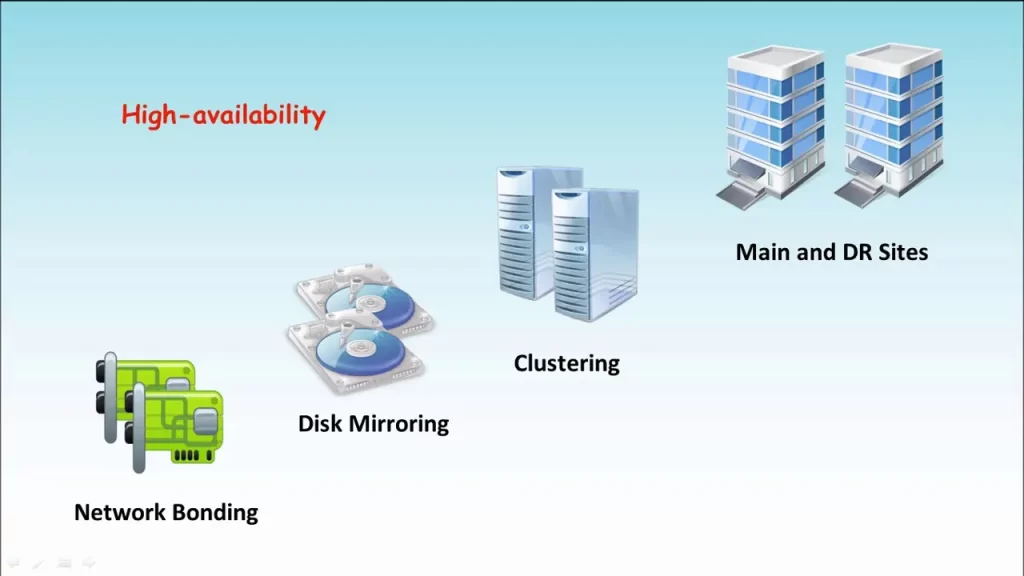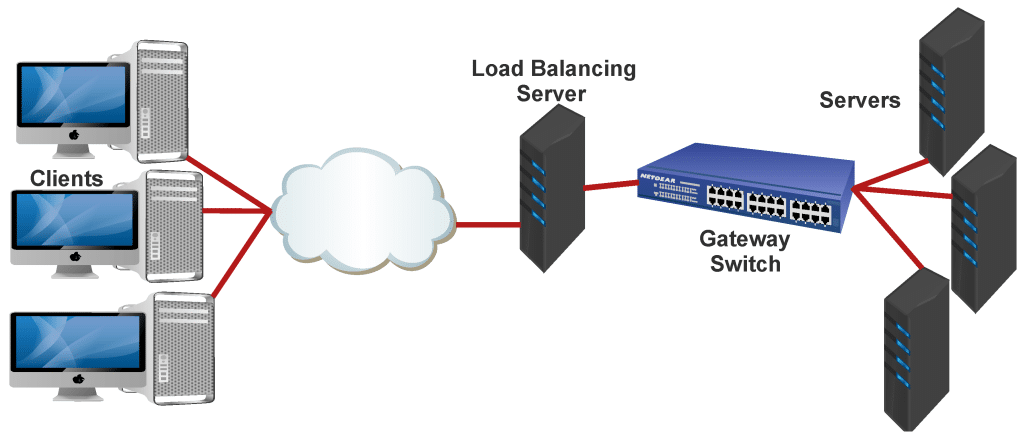
In today’s fast-paced digital landscape, the demand for reliable, always-on services is at an all-time high. Businesses cannot afford downtime, and users expect instant access to services, whether it’s a website, an app, or cloud-based software. To meet these expectations, companies turn to various technologies, one of which is clustering for high availability.
This blog will explore the importance of clustering high availability, the best practices for implementing it, and its numerous benefits for businesses looking to maximize uptime and reliability.
What Is Clustering for High Availability?
Clustering is a strategy used in IT to enhance the availability and reliability of systems. It involves grouping multiple servers (or nodes) together to function as a single unit. This clustered environment ensures that if one node fails, another can immediately take over, thus minimizing downtime and preventing service disruptions.
High availability refers to a system’s ability to operate continuously without failure for a long time. In clustering for high availability, the system’s architecture is designed to ensure that if any single component fails, the overall system remains operational. This makes it highly reliable for critical applications, e-commerce sites, financial services, and other time-sensitive operations.
Why Clustering for High Availability Matters?
In any business, system downtime can lead to lost revenue, reduced customer satisfaction, and even damage to brand reputation. In fact, research shows that the average cost of IT downtime is around $5,600 per minute. This illustrates how vital it is to maintain uptime.
Clustering for high availability ensures that services remain operational even when individual components fail. Whether caused by hardware failure, software bugs, or human error, clustering mitigates these risks by automatically redirecting traffic or workloads to healthy nodes.
A well-implemented clustering strategy can mean the difference between minimal disruption and catastrophic failure, especially for businesses that rely on continuous uptime.
Read More : How to Gain Reliability with Clustering Technologies?
Key Benefits of Clustering High Availability

Following are key benefits of clustering high availability:
Minimized Downtime
At the heart of clustering for high availability is the ability to reduce downtime significantly. In clustered environments, if a server goes offline, the other nodes in the cluster take over without requiring human intervention. This automatic failover mechanism ensures that services remain online without any visible interruption to users.
Scalability
As businesses grow, their need for additional computing power increases. Clustering provides a scalable solution, as organizations can easily add new nodes to the cluster. This horizontal scaling allows the system to handle increased traffic and workloads without the need for costly and time-consuming infrastructure changes.
Redundancy
Redundancy is a fundamental principle of high availability. In a clustered environment, multiple nodes serve the same function. If one node fails, another node continues to operate, effectively making the system fail-proof. This redundancy minimizes the risk of a complete system failure, which is particularly crucial for businesses that handle sensitive data or provide essential services.
Load Balancing

Clustering not only helps with availability but also with performance. Load balancing is a feature often used in clustered systems where incoming traffic is distributed across multiple nodes. This prevents any single node from becoming overwhelmed, leading to improved response times and overall system efficiency.
Load balancing also improves system resilience, as overloaded nodes can be relieved by shifting some of the traffic to other available nodes in the cluster.
Enhanced Performance
By distributing workloads across multiple nodes, clustering enhances the overall performance of the system. Users will experience faster response times, and critical applications will run more smoothly, even during peak usage times.
Additionally, since the workload is spread across different nodes, resource utilization is optimized, ensuring that no single server is burdened with too much traffic or too many requests.
Cost Efficiency
While setting up a high-availability cluster can seem expensive upfront, it’s a cost-effective solution in the long term. Businesses can avoid the financial impact of downtime and improve operational efficiency. Clustering also reduces the need for complex backup systems and disaster recovery plans because the failover process is automatic and instantaneous.
Improved Disaster Recovery
Clustering for high availability can be a critical component of a broader disaster recovery strategy. In the event of a system failure or a natural disaster, the clustered environment can help businesses recover quickly by shifting workloads to healthy nodes or remote data centers. This helps organizations get back on their feet faster while ensuring that customers experience little to no downtime.
Read More : Critical Role of Load Balancers in IT Infrastructure
Best Practices for Clustering High Availability

Implementing a clustering strategy to ensure high availability requires careful planning and adherence to best practices. Here are some guidelines to follow when setting up your high-availability cluster:
Use Redundant Components
One of the core principles of high availability is redundancy. Redundant hardware components such as power supplies, network interfaces, and storage systems can reduce the risk of failure. By ensuring that all critical components have a backup, businesses can minimize the chance of an entire system going down.
Automate Failover and Recovery
Manual intervention to fix issues during a node failure can lead to delays. Automating the failover and recovery process ensures that when something goes wrong, another node in the cluster can immediately take over. This significantly reduces downtime and provides seamless service to users. Automation tools such as clustering software or orchestration platforms should be an integral part of your infrastructure.
Test and Monitor Regularly
Regular testing is crucial to ensure your high-availability cluster operates as intended. Perform routine failover tests to simulate node failures and verify that your system responds correctly. Monitoring tools should also be in place to track system performance, detect anomalies, and provide real-time alerts when something goes wrong.
Proper monitoring and testing can help identify potential issues before they escalate, allowing for proactive maintenance rather than reactive fixes.
Implement Load Balancing

A key component of any clustering system is load balancing. Proper load balancing distributes traffic evenly among nodes, ensuring no single node becomes overwhelmed. This improves performance and helps prevent failures due to overloading.
There are various types of load balancing techniques, such as round-robin or least-connection load balancing. Choose the one that best suits your needs, but ensure it’s implemented correctly to avoid bottlenecks or inefficient resource allocation.
Geographical Distribution
For large enterprises, clustering across multiple geographical regions can provide an additional layer of resilience. Distributing clusters across various data centers or cloud environments ensures that even if an entire data center goes offline due to a local disaster, services remain available through nodes in other locations.
This strategy, known as geo-clustering, is particularly useful for global businesses with users spread across different regions, as it improves both availability and performance by bringing services closer to end users.
Implement Security Best Practices
Security is just as critical as availability. High-availability systems must be secure to prevent unauthorized access, data breaches, or malicious attacks. Ensure that your cluster is protected by firewalls, encryption, and intrusion detection systems, and regularly update your security protocols to address emerging threats.
Discover the transformative potential of Web Development Services in Canada tailored to meet the comprehensive needs of modern businesses. Our services encompass both front-end and back-end development, ensuring a seamless, fully integrated solution that drives your digital strategy forward .
Conclusion
Clustering for high availability is an essential strategy for businesses that require continuous uptime and reliability. By distributing workloads across multiple nodes, clustering not only minimizes downtime but also improves scalability, performance, and cost efficiency. Implementing best practices like redundancy, load balancing, and regular testing can help ensure your high-availability cluster runs smoothly.
In today’s competitive market, where user expectations are higher than ever, ensuring that your systems remain online and operational is non-negotiable. Clustering for high availability provides the tools and infrastructure needed to achieve this goal, helping businesses maintain their edge and continue growing.
With the right implementation, clustering high availability can protect your business from costly downtime while delivering seamless, high-performance services to your customers.
